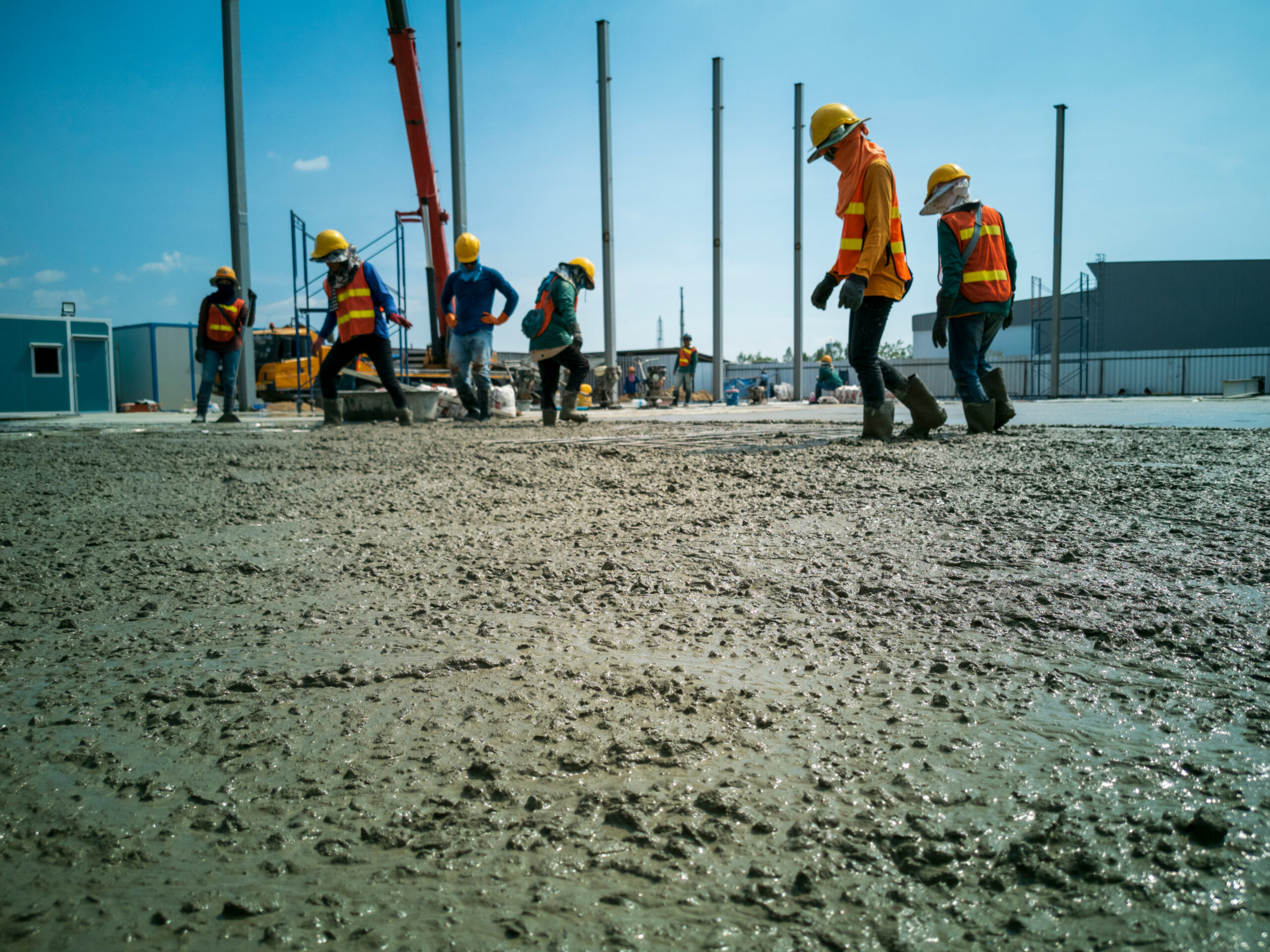Types of Admixtures
Water reducing admixtures – These are designed to free trapped water that is present in concrete mixtures and are used in a variety of applications to ensure or improve workability. Can allow a reduction in water content by about 5 to 10 percent.
Superplasticisers -These reduce water content by 12 to 30 percent and can be added to concrete with a low-to-normal slump and water-cement ratio to make high-slump flowing concrete.
Accelerating admixtures – These increase the rate of early strength development, reduce the time required for proper curing and protection, and speed up the start of finishing operations. Accelerating admixtures are especially useful for modifying the properties of concrete in cold weather.
Retarding admixtures – These slow the setting rate of concrete, are used to counteract the accelerating effect of hot weather on concrete setting. They can also entrain some air in concrete, as well as acting as water reducers.
Set retarding admixtures. These slow the setting rate of concrete, are used to counteract the accelerating effect of hot weather on concrete setting. High temperatures often cause an increased rate of hardening which makes placing and finishing difficult. Retarders keep concrete workable during placement and delay the initial set of concrete.
Corrosion-inhibiting admixtures – These are a specialty admixture that is used to slow corrosion of reinforcing steel in concrete. Corrosion inhibitors can be used as a defensive strategy for concrete structures, such as marine facilities, highway bridges, and parking garages, that will be exposed to high concentrations of chloride.
Advantages to Sustainable Construction
Cost reduction – A green building costs less than a normal building because fewer resources (e.g. water and energy) are required for the completion of the project. Furthermore, sustainable buildings have great Return on Investment. The value of the property is significantly increased with sustainable building.
Increased productivity – As reported by The Guardian, environmentally friendly workspaces help employees perform better while reducing absenteeism. The better the environment, the easier it is to concentrate and work effectively toward the completion of tasks.
Environmental protection – Recycled materials used during the construction process are contributing significantly to the protection of the environment and to the reduction of waste
Better quality of life – Sustainable construction offers improved health due to safer materials, increased productivity thanks to better surroundings and more effective noise protection are only a few of the advantages. Green buildings can improve life quality.
SIGN UP TO OUR NEWSLETTER
We do not sell our lists, and you can easily unsubscribe if you so wish.
Difficulties
Admixtures are an intricate solution to a large problem. In an interview with the BBC, Prof Scrivener says that there’s no point looking for intricate solutions that can just be used in some very sophisticated factories in the US.
Around 90% of future cement production will take place outside the wealthy OECD countries. A concrete path to cutting concrete’s carbon emissions needs alternatives that will work well and cheaply for the coming building booms in India and Africa. For example, China made more concrete between 2011 and 2013 than the US did in the whole 20th Century.
SEE BELOW: Interview with John Ortiz & Shirin Fataei, MBCC Group



